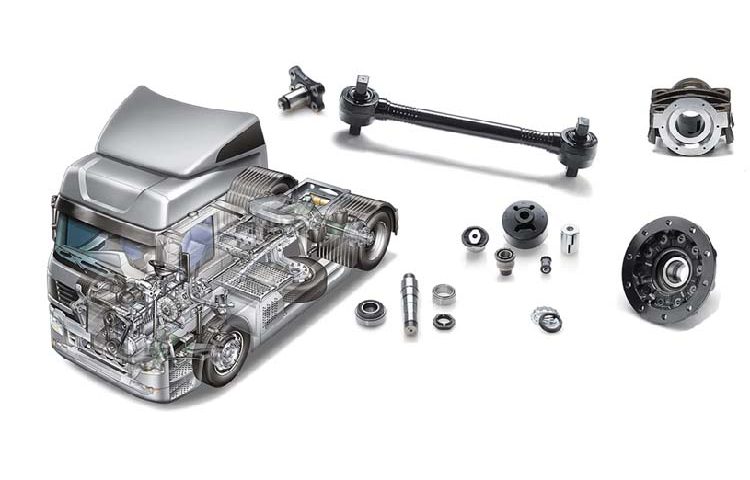Title:
Introduction:
As professionals in the wholesale and trading of truck components, it is crucial to have a comprehensive understanding of different types of truck components and their functions. This article aims to provide an in-depth exploration of the classification and functions of truck components, helping you better comprehend and apply these essential building blocks.
Engine and Related Components:
The engine serves as the heart of a truck, driving the entire vehicle system. Here are some key components associated with the engine:
Cylinder and piston: The fundamental components responsible for generating combustion power.
Crankshaft and connecting rods: Convert the reciprocating motion of the piston into rotational output power.
Water pump and oil pump: Circulate coolant and lubricating oil, ensuring the engine operates smoothly.
Intake and exhaust systems: Including intake manifold, intake valves, exhaust manifold, and exhaust valves, they control the flow of gases, providing the necessary air for fuel combustion and exhaust emission.
Transmission System:
The transmission system transfers power from the engine to the vehicle’s drive axle. The primary components of the transmission system include:
Transmission: Regulates the engine’s output torque and provides various driving speeds and modes.
Clutch: Engages and disengages power transmission between the engine and transmission.
Drive shafts and propeller shafts: Transmit power to the vehicle’s drive wheels.
Differential: Balances the rotational speeds of the drive wheels, enabling smooth turning.
Brake System:
The truck’s brake system plays a critical role in ensuring safe driving. The key components of the brake system are:
Brake discs and brake pads: Generate friction to slow down or halt the vehicle.
Brake fluid: Transmits braking force, allowing the brake system to function correctly.
Brake booster: Amplifies the force applied to the brake pedal, enhancing braking effectiveness.
Suspension System:
The suspension system contributes to the truck’s stability, comfort, and handling. Key components of the suspension system include:
Springs and shock absorbers: Absorb road irregularities and vibrations, maintaining vehicle stability.
Control arms and suspension links: Connect the vehicle body to the wheels, providing support and controlling wheel movement.
Suspension bushings and ball joints: Reduce friction, allowing the suspension system to move freely.
Conclusion:
Understanding the classification and functions of truck components, including the engine, transmission system, brake system, and suspension system, is vital for providing high-quality products and meeting customer demands. Whether you are a truck owner, a maintenance professional, or a supplier, having a deep comprehension of truck components is crucial for success.
Post time: May-19-2023

